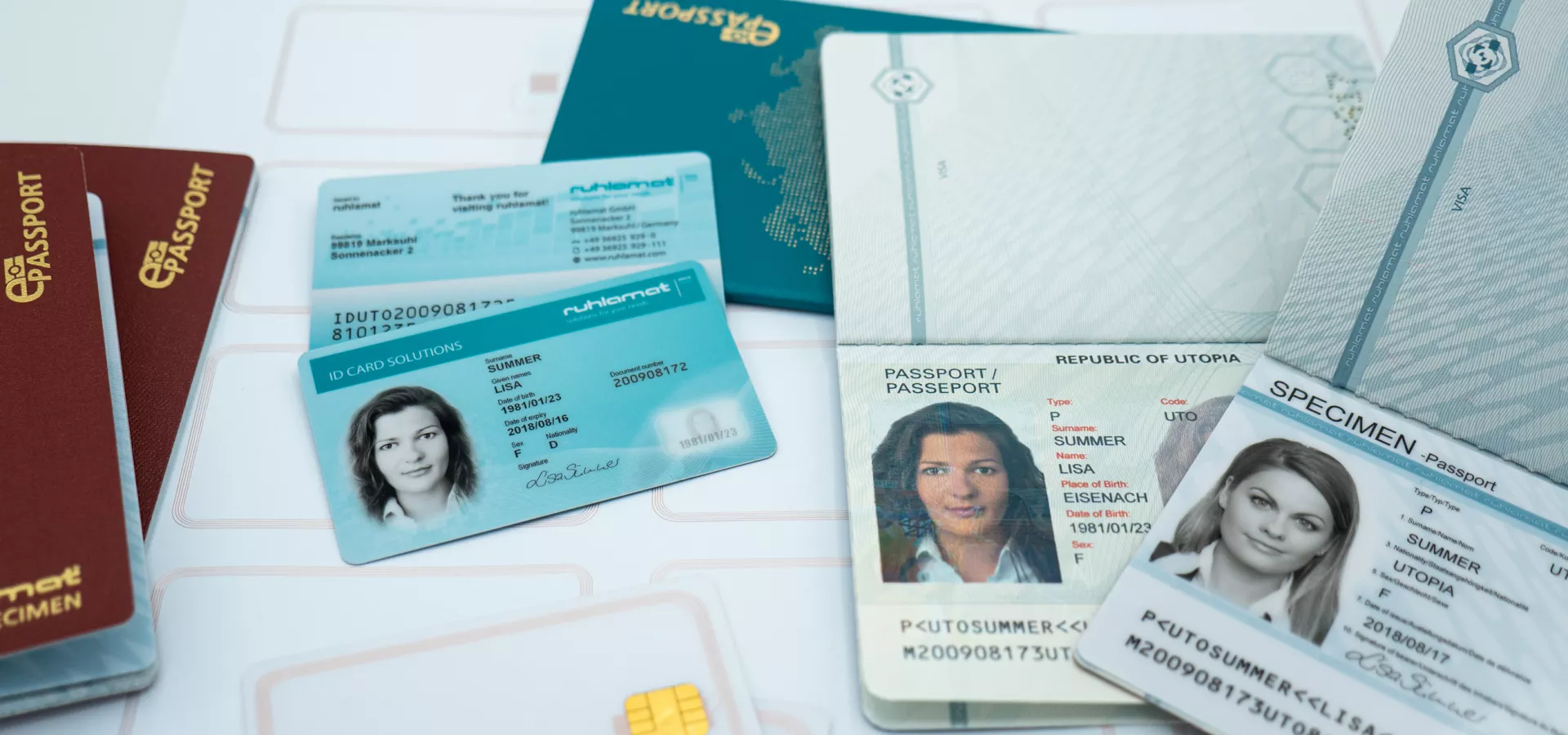
GSM – digital mobile communication system
GSM is a mobile communications standard that was first used in Finland in 1991. GSM is the abbreviation of Global System for Mobile Communication and is also referred to as 2G. The mobile phone system is not only used in Europe, but worldwide. It is one of three variants of wireless telephone technologies, which also include TDMA and CDMA. GSM technology compresses and digitizes data and then sends it over one channel with two data streams that have their own time window. The frequency ranges used by GSM are 890 to 915 MHz, 935 to 960 MHz, 1,710 to 1,785 MHz and 1,805 to 1,880 MHz. However, GSM is not only used for mobile communications, but also by other technologies, such as General Packet Radio System (GPRS), High-Speed Circuit-Switched Data (HSCSD), Long Term Evolution (LTE), Enhanced Data GSM Environment (EDGE), and Universal Mobile Telecommunications Service (UMTS).
What exactly does Global System for Mobile Communication mean?
GSM is a technical radio standard used worldwide for digital radio telephony and is the one that is most widely used. The standard is not only used for the transmission of telephony, but also for data transmissions or for the transmission of short messages. The Global System for Mobile Communications has replaced the analog cellular network. A trial operation was carried out in 1991, and the first GSM mobile communications networks were launched in the summer of 1992. They operated in the 900 MHz range. Somewhat later, the frequency range around 1800 MHz was added.
GSM has been continuously developed over the past few years. This is a standardization process that has been continuously pursued. In 2000, it was handed over to 3GPP, the 3rd Generation Partnership Project. This is a cooperation of several worldwide standardization bodies for mobile communications. It is responsible for UMTS, GERAN and LTE. In the coming years, the 2G mobile network will be downsized, but not shut down, because many devices still rely on GSM. Gradually, the frequencies that become free will then be used for UMTS (3G) and LTE (4G).
Technical structure of GSM network
In general, four components are required for a GSM network:
- A cell phone or mobile terminal that has an antenna and a transmitting and receiving unit. There is also a microphone and a loudspeaker. The power supply is provided by a rechargeable battery or by the mains. With this device there is a possibility to communicate with other participants by selecting them. The choice can be made by voice input or by keyboard. In addition, the mobile device usually has a display. Not only phone numbers are displayed on the screen, but also short messages. However, the essential component of the mobile device is the SIM card.
- A mobile radio transmission system or a Base Station Subsystem is the second component that exists in the GSM network. It can consist of one or more stations, each of which has an antenna and thus supplies one or more radio cells. A central control unit is connected to the base station, which monitors the radio links. It also initiates a cell change - if necessary. Coupled to the control unit is a conversion unit, which is responsible for converting the voice channels compressed by GSM, as well as uncompressed ISDN audio channels, into a compressed audio codec.
- The third component in a GSM network is the Network Switching Subsystem or Core Network Subsystem - the switching units. They are the interface and switching center between the respective cell phone network and the radio network - the Mobile-Service Switching Centre. Information about the subscriber is stored within the mobile network by the Visitor Location Register. The Home Location Register, on the other hand, only stores information about subscribers who belong to the clientele of the respective owner of the radio network. Authentication is performed in the Authentication Centre and storage of serial numbers of mobile terminals used for contact is optionally registered in the Equipment Identity Register.
- The fourth and last system module is the Network Management Center or the Operation and Maintenance Center. This is used to monitor the mobile radio network. This module also controls the central control unit of the mobile radio transmission system, the base station and the mobile services switching center. All subscribers in a GSM network are assigned different numbers and addressed. This requires a Mobile Subscriber ISDN Number. With this number, the subscriber can be reached anywhere in the world. The subscriber is found within the radio network with the International Mobile Subscriber Identity. This is also stored on the SIM card. For reasons of data protection, however, authentication is performed only once during initial use. After that, only the Temporary Mobile Subscriber Identity is used. Last but not least, there is the Mobile Station Roaming Number. This is used when calls are made outside the routing of the mobile network - known as roaming.
The use of GSM outside telephony
Outside of telephone calls, GSM is also used for data transmission. However, the data transfer rate is only 14.4 kbit/s and therefore does not meet the usual standard. This is also the reason why smartphones and tablet PCs now use other mobile networks. This is because more modern technologies create significantly faster transmission. GSM was originally developed and designed exclusively for voice transmission, which is why the GSM mobile network can only be used for data transmission to a limited extent.
In the meantime, there are various methods that improve and accelerate data transmission. One of these is the X.75 connection protocol, which ensures faster connection setup, but does not actually improve the speed of data transmission. For this reason, GSM has been further developed with GPRS and EDGE. As a result, data is transmitted in packets and speeds of 56 kbit/s are achieved with GPRS and 150 to 200 kbit/s with EDGE.


